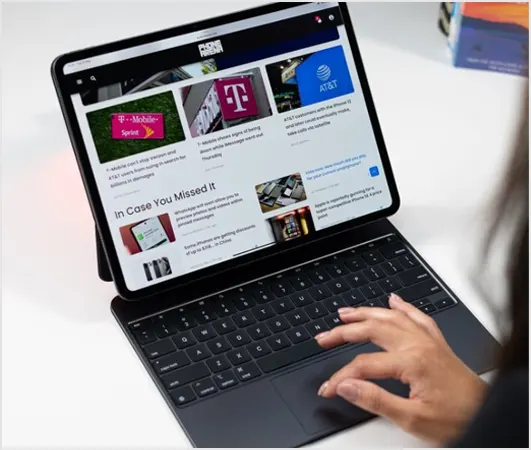
“This is what you all have been waiting for,” Craig Federighi shouted joyfully as he revealed the latest iPad changes at Apple’s WWDC25 opening speech. He was not talking about updated iPad equipment, creative software capabilities, or genuinely functional artificial intelligence breakthroughs. He was talking about windows instead. You see, those things are usually connected with computers.
Apple is equipping these tablets with the ability to employ conventional windowing, therefore radically altering the iPad experience with the release of iPadOS 26. Windows reflect the kind of PC-like interface Apple has long avoided on the iPad, even in spite of the continuous requests from its most ardent supporters. The iPad was, after all, advertised as being different from a computer and powered by iOS 26.
With iPadOS 26 scheduled to be released later this fall, users will be able to easily resize or move windows across their displays by dragging a corner. You may even set up several apps in a tiled arrangement and use extra windows on top of them. This indicates a major improvement in multitasking abilities. Previously, users were limited to either full-screen apps or a side-by-side split-screen perspective, therefore stifling iPad productivity.
Naturally, juggling these windows can cause some clutter, so iPadOS 26 also introduces familiar controls meant to help users arrange and organise their windows efficiently. Apple has also included several simple trackpad gestures from the Mac, including one to erase apps to show the desktop or utilize Exposé, which lets users pick an app from those now open. For Mac users, Exposé was a popular function that was added to Mission Control in 2011.
Beginning as a bigger variant of the iPhone, the iPad’s primary criticism has always been its size, even after its 2010 launch. Although the iPad has found a niche as a more relaxed gadget good for travel or couch-side lounging, its long-term expansion has plateaued. Fewer and fewer reasons exist to move between several generations.
